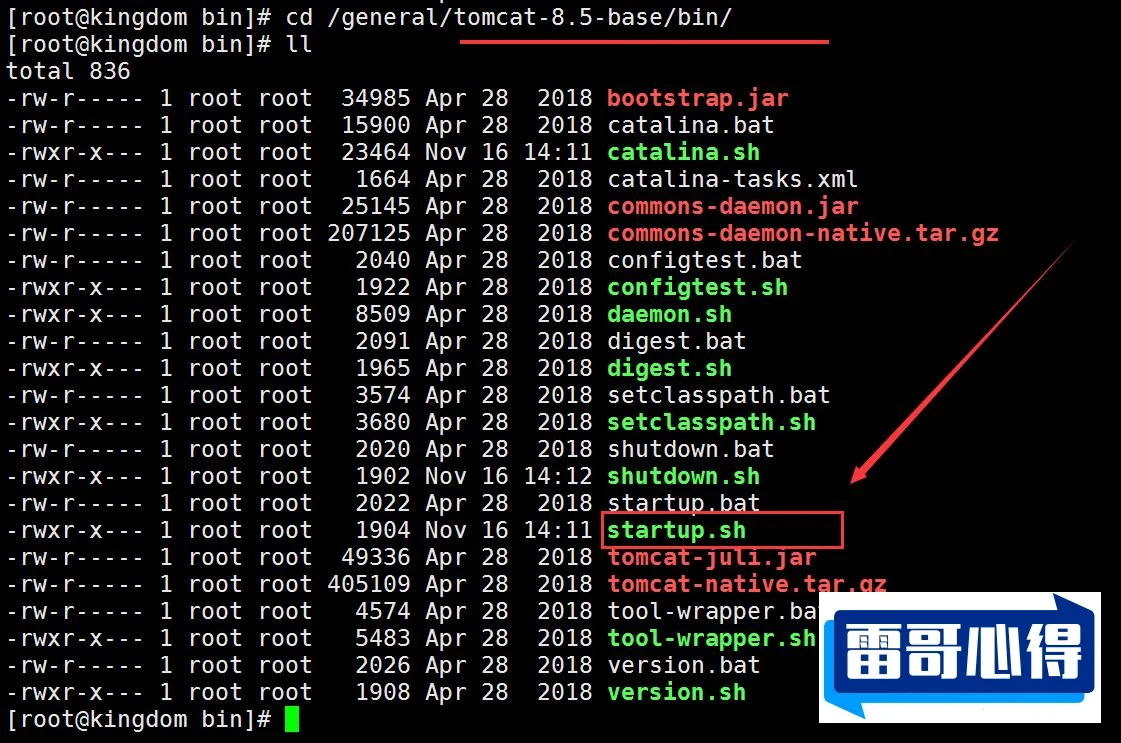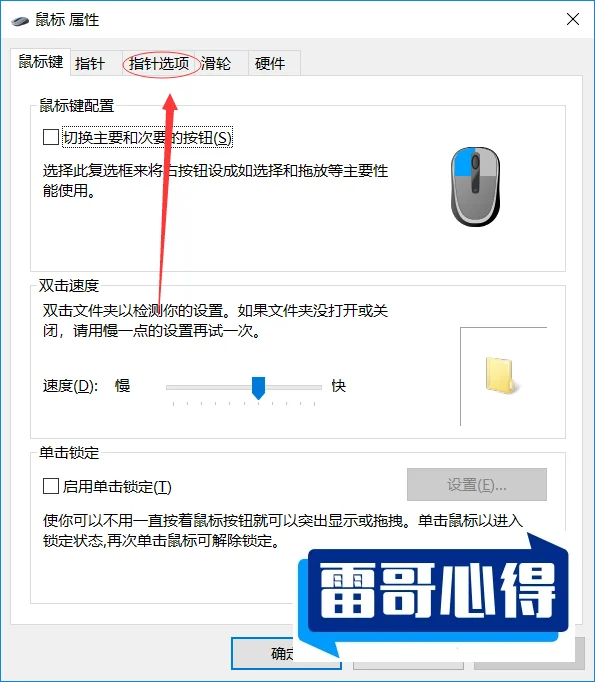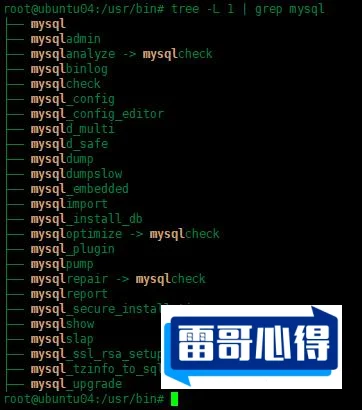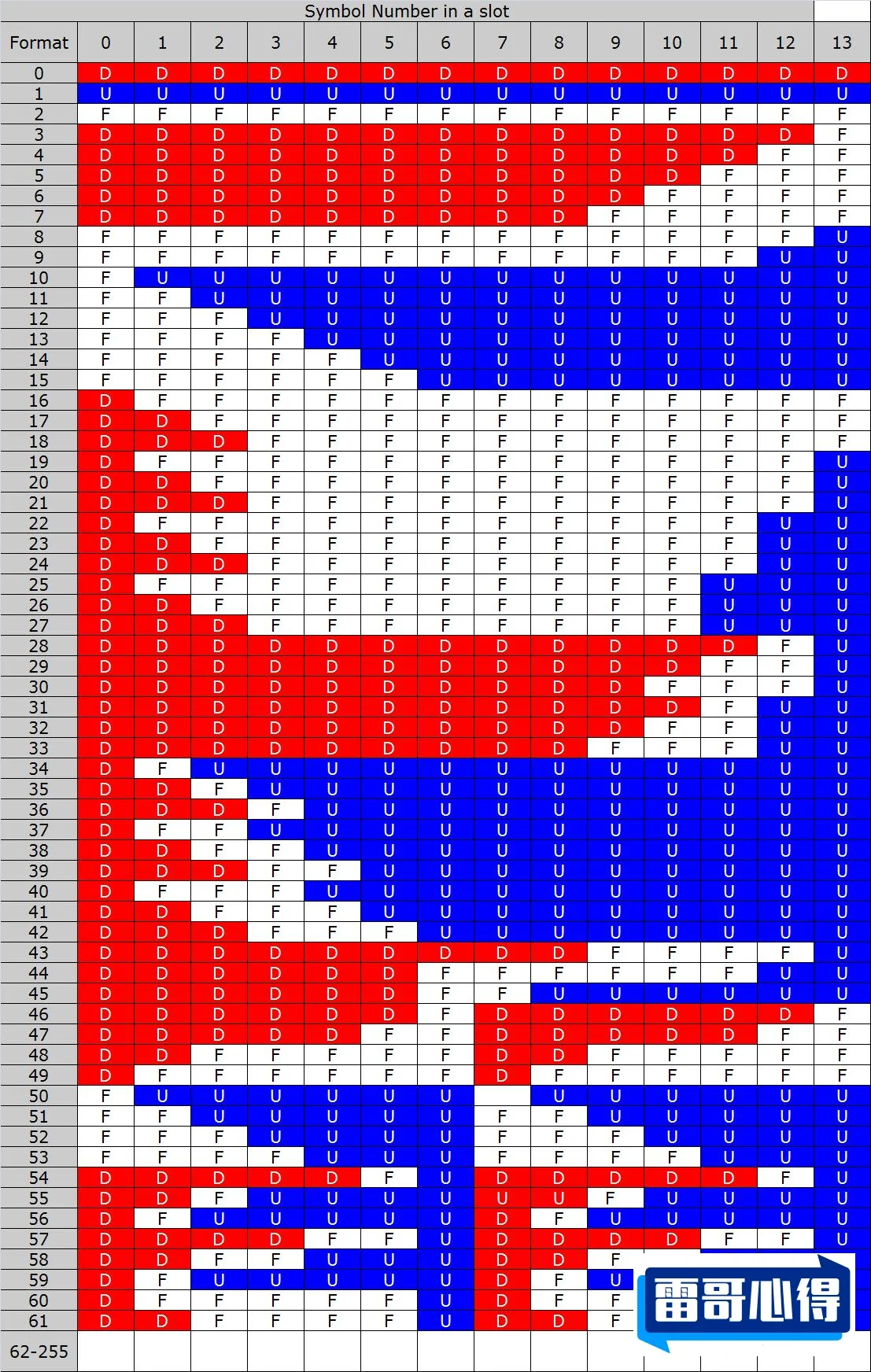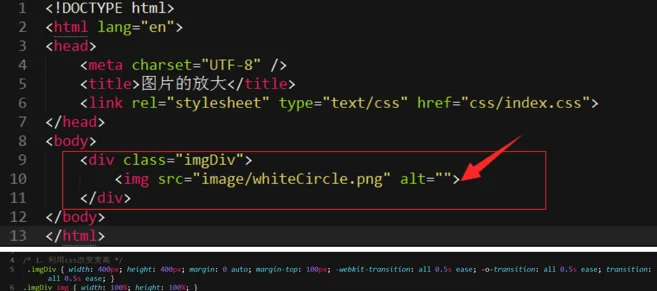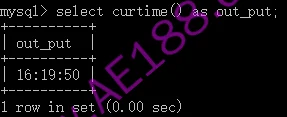CentOS系统yum命令- yum repolistall 的使用方法和常见问题解答大全
“yum repolist all”命令用于列出所有可用的 YUM 软件仓库,包括已启用和已禁用的仓库。使用时需要以 root 用户身份运行。以下是其使用方法和常见问题解答:
使用方法
直接在终端输入“yum repolist all”并回车,系统将显示所有 YUM 仓库的信息,输出通常包含仓库 ID、仓库名称和状态等。示例输出如下:
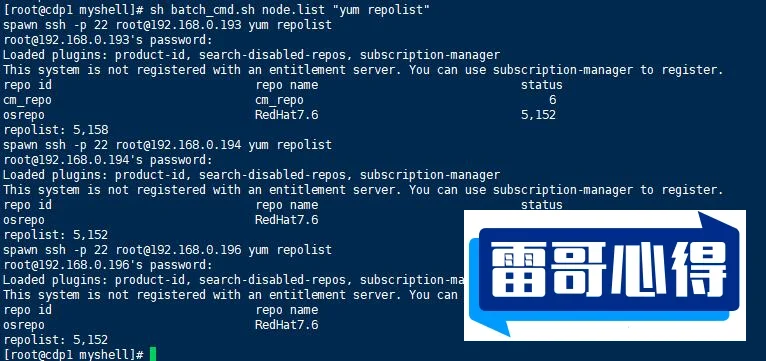
(root@server ~) yum repolist all
Loaded plugins: fastestmirror, langpacks
Loading mirror speeds from cached hostfile
base: mirrors.aliyun.com
epel: mirrors.aliyun.com
extras: mirrors.aliyun.com
updates: mirrors.aliyun.com
repo id repo name status
!base/7/x86_64 CentOS - 7 - Base disabled
!epel/x86_64 Extra Packages for Enterprise Linux 7 - x86_64 disabled
!extras/7/x86_64 CentOS - 7 - Extras disabled
!updates/7/x86_64 CentOS - 7 - Updates disabled
repolist: 0
常见问题解答
所有仓库全被禁用怎么办?
如果遇到仓库全被禁用的情况,可能是仓库配置文件被重命名或删除了。可以尝试以下步骤解决:
1. 恢复备份的仓库配置文件:若 CentOS - Base.repo.bak 是 CentOS - Base.repo 的有效备份,可将其重命名为 CentOS - Base.repo 来恢复。运行命令:sudo mv /etc/yum.repos.d/CentOS - Base.repo.bak /etc/yum.repos.d/CentOS - Base.repo
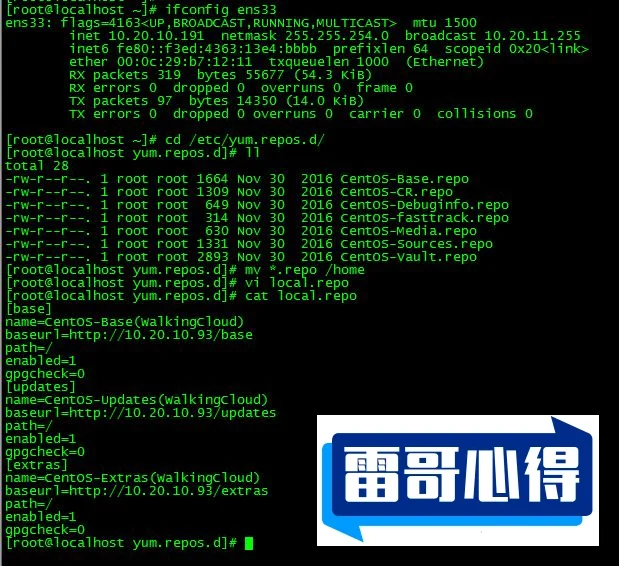
2. 检查仓库配置文件:编辑 CentOS - Base.repo 文件确保仓库是启用的,并且指向正确的镜像站点。可以使用文本编辑器(如 vi 或 nano)打开文件:sudo vi /etc/yum.repos.d/CentOS - Base.repo。在文件中,找到以 (base) 开头的部分,确保 enabled = 1(表示启用该仓库),同时检查 baseurl 或 mirrorlist 是否指向正确的镜像站点。
如何启用某个仓库?
使用“yum repolist all”命令列出所有仓库后,若想启用某个仓库,可使用命令:sudo yum - config - manager --enable
